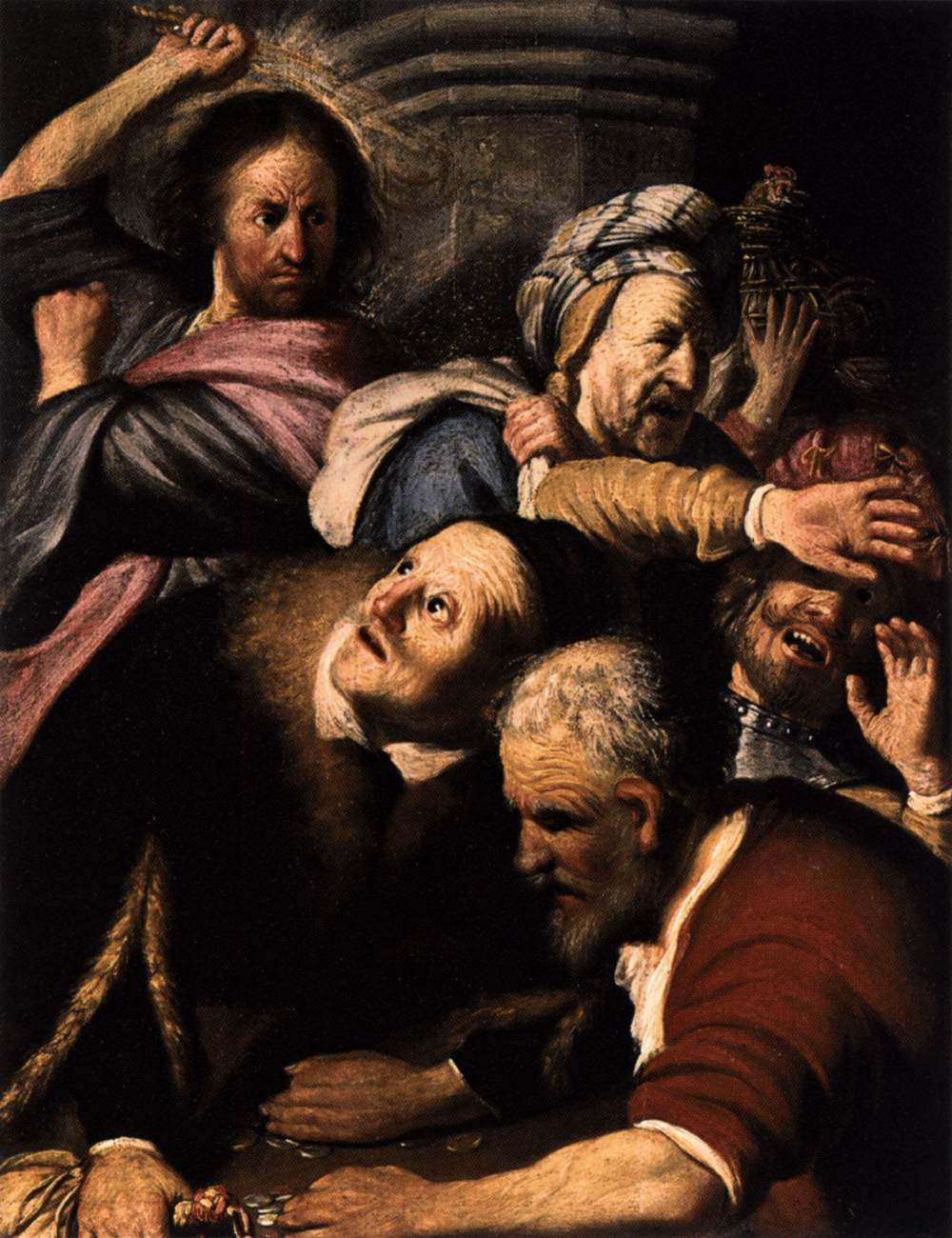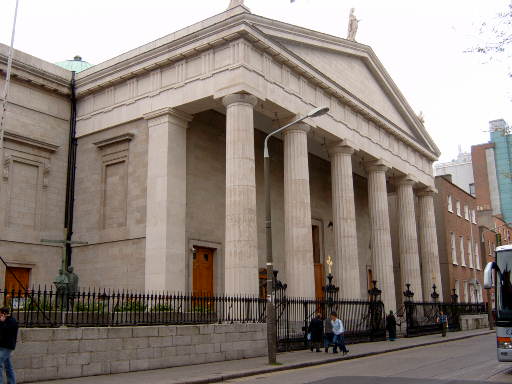Santa Claus is Comin’ to Town
Written
by J. Fred Coots and Haven Gillespie
Arranged
by Jim Clements
Sung by
Voces8
My Auntie Madge (Margaret Collins) would have been ten or eleven when this song first appeared in 1934. But she never heard the marvellous arrangement above of the song that has just been issued by Voces8, the British choir that I have often used in Sunday Reflections, singing a different kind of music.
Auntie Madge was the youngest of my mother's six sisters Jennie, Nan, Neita, Bridie, Eileen and Madge. I'm not sure where Bridie, who died in infancy, came in the sequence but I often heard my mother, Mary, talking about her. Three boys, Mick, Paddy and Jack, completed the family of my maternal grandparents, William Patrick Collins and Annie Dowd. My grandfather died early in 1945 when I was nearly two but I don't have any memories of him, though I am happy that he knew me, his third grandchild, and that he held me. He was only 59 when he died of lung cancer.
My first experience of the death of someone close to me was that of Auntie Madge on 3 February 1950 at the age of 26. I was a few months short of seven. She had rheumatic fever when she was twelve and it caught up with her in January 1950. I remember my mother and father, John, taking turns, along with my aunts, in spending nights in my grandmother's house when Madge was in her last illness. My father was with her when she died. I heard him say, If Madge doesn't get to heaven there's not much chance for the rest of us. That was his way of saying that she was a particularly kind and caring person.
My mother, God bless her, took me to the wake in my grandmother's home in Blackhall Place, Dublin, where the family had grown up. I still remember that vividly.
Auntie Madge wasn't married but had a boyfriend. Years later I learned from my mother that he also had another girlfriend who died and never married. We often have no idea of the sadness in people's lives.
My grandmother's house was the sixth to the right of the house with the white door.
I have many happy memories of my Auntie Madge who was tall and pretty. One I treasure is her taking three of us cousins, Joan Martin, Auntie Neita's eldest, Billy Kiernan, Auntie Nan's first-born and myself, all born in 1943, to Pims department store in South Great George's Street in Dublin to meet Santa Claus. That was either in December 1949, shortly before her death, or the year before that. I don't remember specifically meeting Santa on that occasion but what I recall vividly is riding on a 'train' with Joan and Billy. We were in a carriage, the 'train' rocking and the 'scenery' flashing by on the outside. When I was somewhat older I realised that this was on some kind of large spool. That lovely memory has stayed with me down the years.My Auntie Eileen, who was my mother's bridesmaid and my godmother, was married the following summer. This was my first wedding and the reception was held in the one-storey terraced house where her husband, Willie Gallagher, had grown up. I was surprised when Auntie Eileen began to cry, as I thought you were supposed to be happy at your own wedding. A child doesn't always put two-and-two together and years later I realised that she was still grieving for her sister Madge. Willie's sister Mona, who introduced her brother to my Auntie Eileen - they were both hairdressers - turned 101 last September, the only one of my parents' generation still living.
A Christmas song I associate with Auntie Madge is one that is unabashedly a tearjerker: The Little Boy that Santa Claus Forgot, published in England in 1937 and made popular by Vera Lynn. (Nat King Cole had a hit with it in 1953, I think.) I must have heard Auntie Madge sing it or talk about it. It was one of the most popular Christmas songs when I was a child. The little boy wrote a note to Santa for some soldiers and a drum. The soldiers in question were made from lead, were about 7 cms high and many little boys got some from Santa.
I don't have any photos of Auntie Madge with me here but the black and white photo of Very Lynn in the video below reminds me of her, especially the hairstyle from the 1940s.
The Little Boy that Santa Claus Forgot
Sung by Vera Lynn
Auntie Madge never forgot the 'little boy' who is typing this. And he still remembers her fondly and misses her almost 73 years after her untimely death. And he feels sorry for his younger cousins who never knew their Auntie Madge. One of them is named after her.
Rest in peace, Auntie Madge, and may we meet in heaven.
There we hope to enjoy for ever the fullness of your glory, when you will wipe away every tear from our eyes. For seeing you, our God, as you are, we shall be like you for all the ages and praise you without end (from Eucharistic Prayer III when used at Masses for the dead).




































